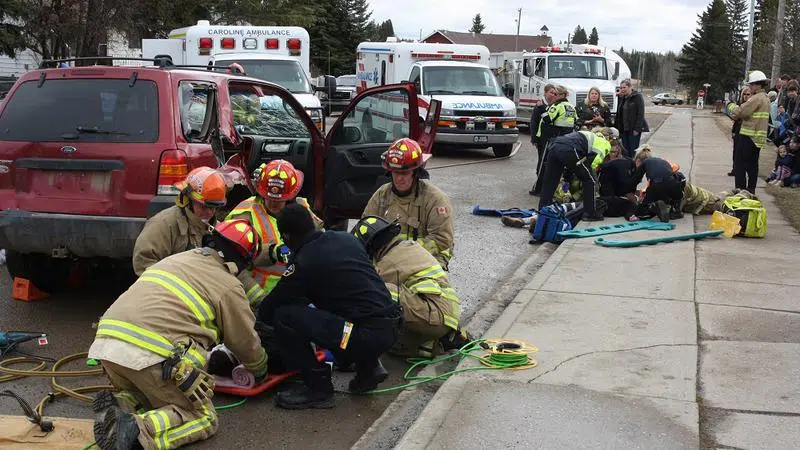
Drivers urged to use caution near emergency scenes
Clearwater Regional Fire Rescue Service (CRFRS) crews are asking citizens to not only drive carefully to prevent an incident, but to also be cautious driving up to and past First Responders who are assisting with an incident.
“There has been a really large increase in North America… and it shows that currently in 2020 the highest cause of firefighters getting killed is from accidents on highways where they are (being) struck,” explained Assistant Fire Chief Evan Stewart.
Regional Fire Chief Steve Debienne referenced two incidents that took place within the last week where either responders or equipment were nearly crashed into.
Debienne mentioned that they take every precaution they can to inform the public of when and where they need to look out for.




